A promising method for curving high-order structured boundary-layer meshes
Please login to view abstract download link
A few years ago, we presented at ADMOS a new framework for curving straight-sided, high-order, structured boundary-layer meshes (BLM) [1]. It was quite similar to another existing method [2], as they both consists of analytical approaches that operate on stack of elements, but our framework brought three main improvements: the possibility to curve BLM presenting varying layer thicknesses, the possibility to curve faces that touch the external mesh and the possibility to control the curving of first layers. Together, the two latter improvements allowed better quality elements near the boundary. The two methods, however, suffer from the same significant limitation: they necessitate the BLM to has been generated with normals of extrusion that keep the same direction from layers to layers. Typical industrial generators control the direction of those the normals for global mesh quality purpose (e.g. [3]). This motivated a substantial modification to our previous approach: instead of curving the bottom and the top of the stack, and then interpolate between, we curve the edges one at a time in a frontal manner using only information from the previous curved layer. The main challenge with this approach is to make the process stable. Indeed, it is known that high-order elements may present oscillations, which can be amplified from layers to layers. We have found that there may be a resonance phenomenon that can make the curving invalid after only 3~4 layers, even if the starting edge is quasi-straight. We propose a way to stabilize the process in 2D, through two improvements: (1) a better curving definition due to the use of BSplines as a tool and (2) a better technique for smoothing high-order edges. The resulting algorithm is fast and reliable, even on BLM with big changes of extrusion directions, with layers greatly varying their thickness and/or triangular structured BLM. We have successfully curved tough configurations, however, there is no robustness guarantee, which, we think, is not a problem: Poorly curved patches can be easily detected through validity and quality measures [4,5], and optimized with techniques that can untangle high-order meshes [6,7].

